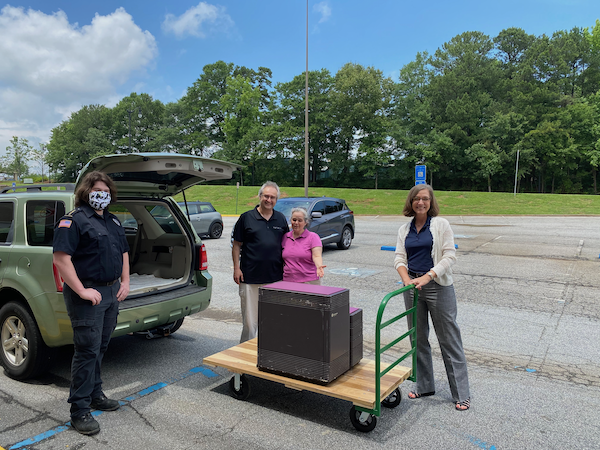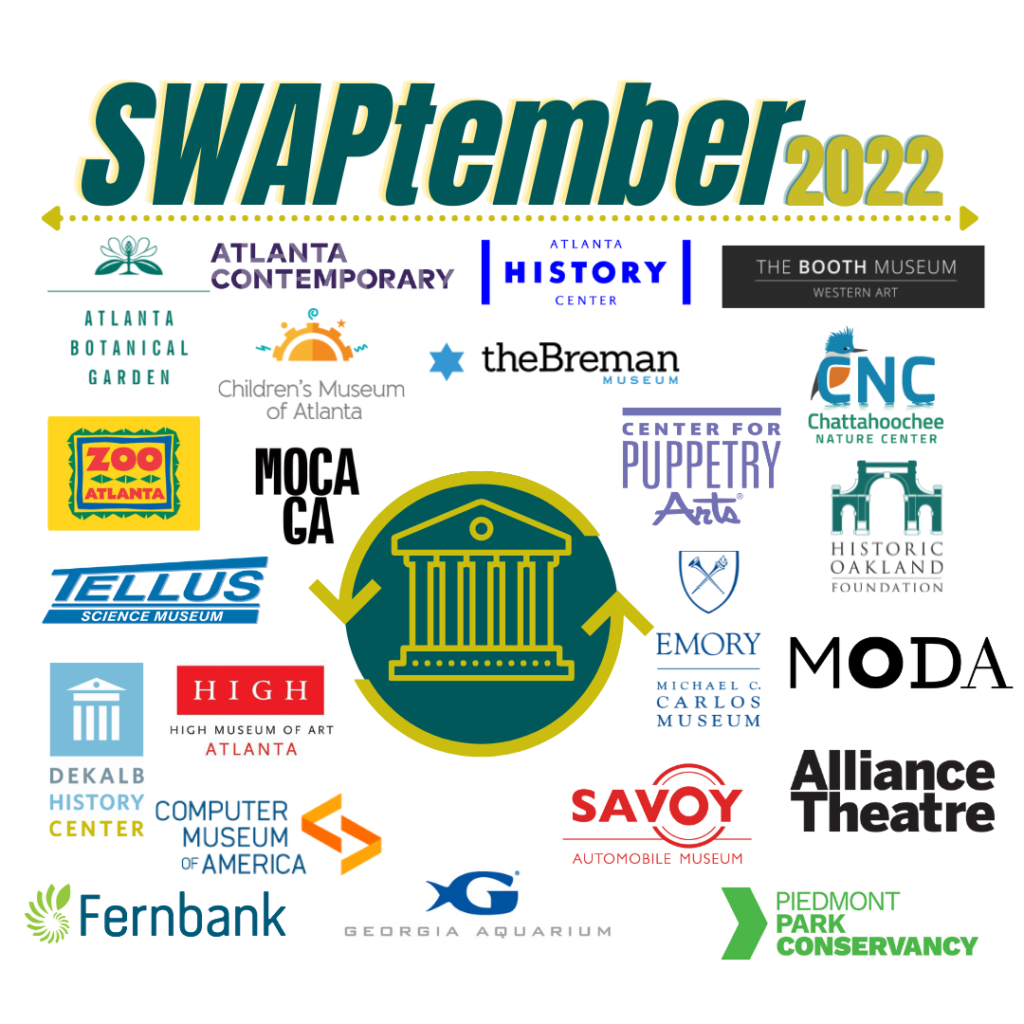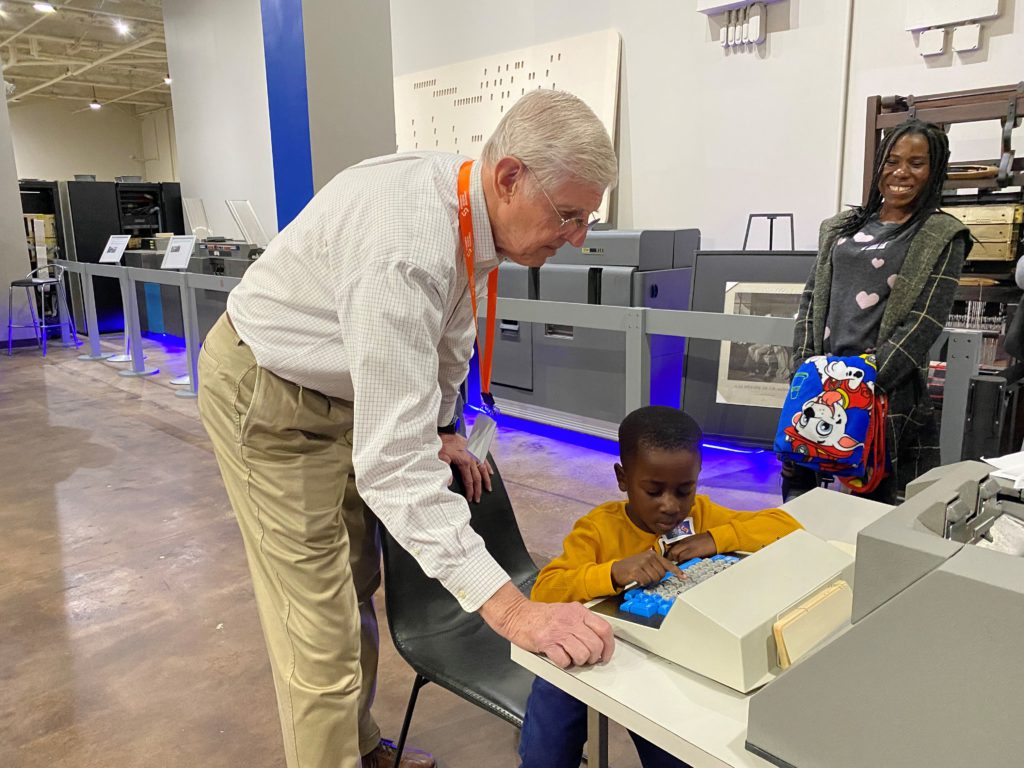The Computer Museum of America (CMoA) has over 250,000 artifacts available for  study and exhibit.
study and exhibit.
Storage and documentation of these artifacts is an incredible endeavor in and of itself and certainly worthy of a future blog post. When you visit, staff will tell you that although the museum currently measures 35,000 square feet, you are viewing less than 1% of the artifacts at any given time.
The collection started with CMoA’s founder, Lonnie Mimms, and his perennial interest in all things computing and technology. It turns out a lot of people share this interest and we are honored to receive artifact donations alongside purchases throughout the year.
On any given week, a new artifact might be delivered like the Jacquard Loom or IBM 370, an Apple prototype, vintage home computers, or Tesla Coil. These artifacts arrive from all over the country.
Last week a donation was made by Bogden and Karen Vacaliuc of Oak Ridge, Tennessee. They personally delivered a Silicon Graphics IRIS 4D/50 to CMoA. It is a small purple beast weighing about 200 pounds and took a team to unload. The IRIS cost $74,000 when it hit the market in 1988 and was used for engineering, chemistry, and film production.
In the case of the IRIS, Bogden will tell you it holds a special place in his heart as he believes it steered him toward his future career. He was introduced to the IRIS in 1989 when he took a computer graphics class at Northwestern University as an electrical engineering student. “It had this amazing flight simulator you could play with and it just completely inspired me because at the time, I was firmly convinced that the best aspiration of a computer system was to play games” he joked.
“So, for my final class project, I worked on a fractal landscape flyover simulation. The way it worked is that I wrote code to run on the DEC mainframe to calculate the terrain grid and the vertex colors. This took days to calculate. Then, I transferred the file over to the IRIS and wrote the code to read the file and render the terrain using the 3D functions that the IRIS provided, set a camera and let you ‘fly around’ the terrain that was lit and shaded in real time as you moved around. I learned how to program in the C language during this class and it really is what made me the engineer that I became.”
Years later while working at Shearwater Technology Inc. in Littleton, Massachusetts, Bogden saw an IRIS 4D machine stored with other equipment in a back room. When he enquired about it, the owner said he could have it at no charge so long as it was going to a good home. We are thankful the Vacaliuc’s thought of us and entrusted us with their donation.
CMoA is appreciative for the support and interest we receive from the tech community and beyond to carry out our mission to preserve the history of computing and technology by ensuring related artifacts are available for study, exhibition, and education. And why? Simple. To inspire the next, great, “WHAT IF……”






